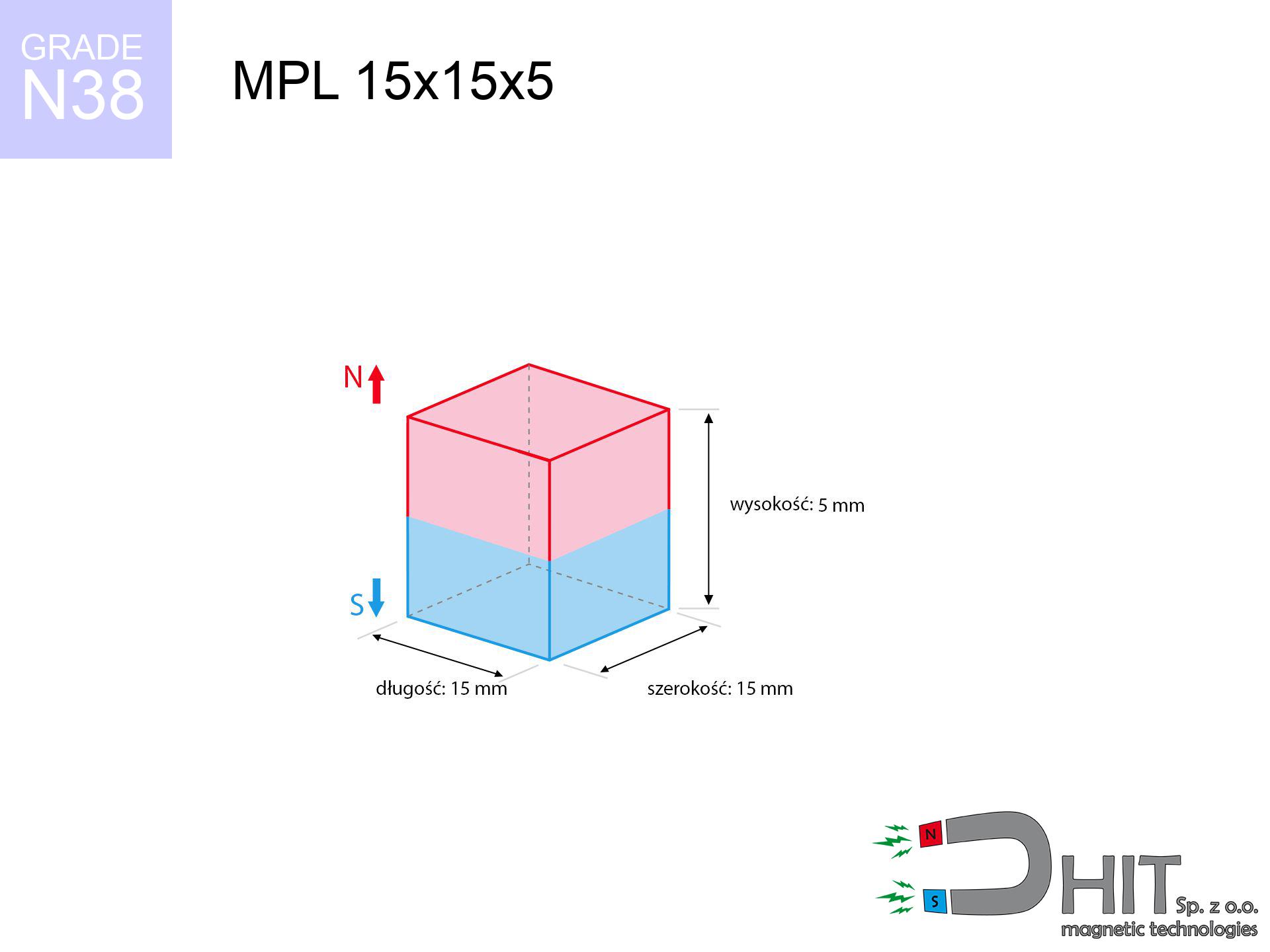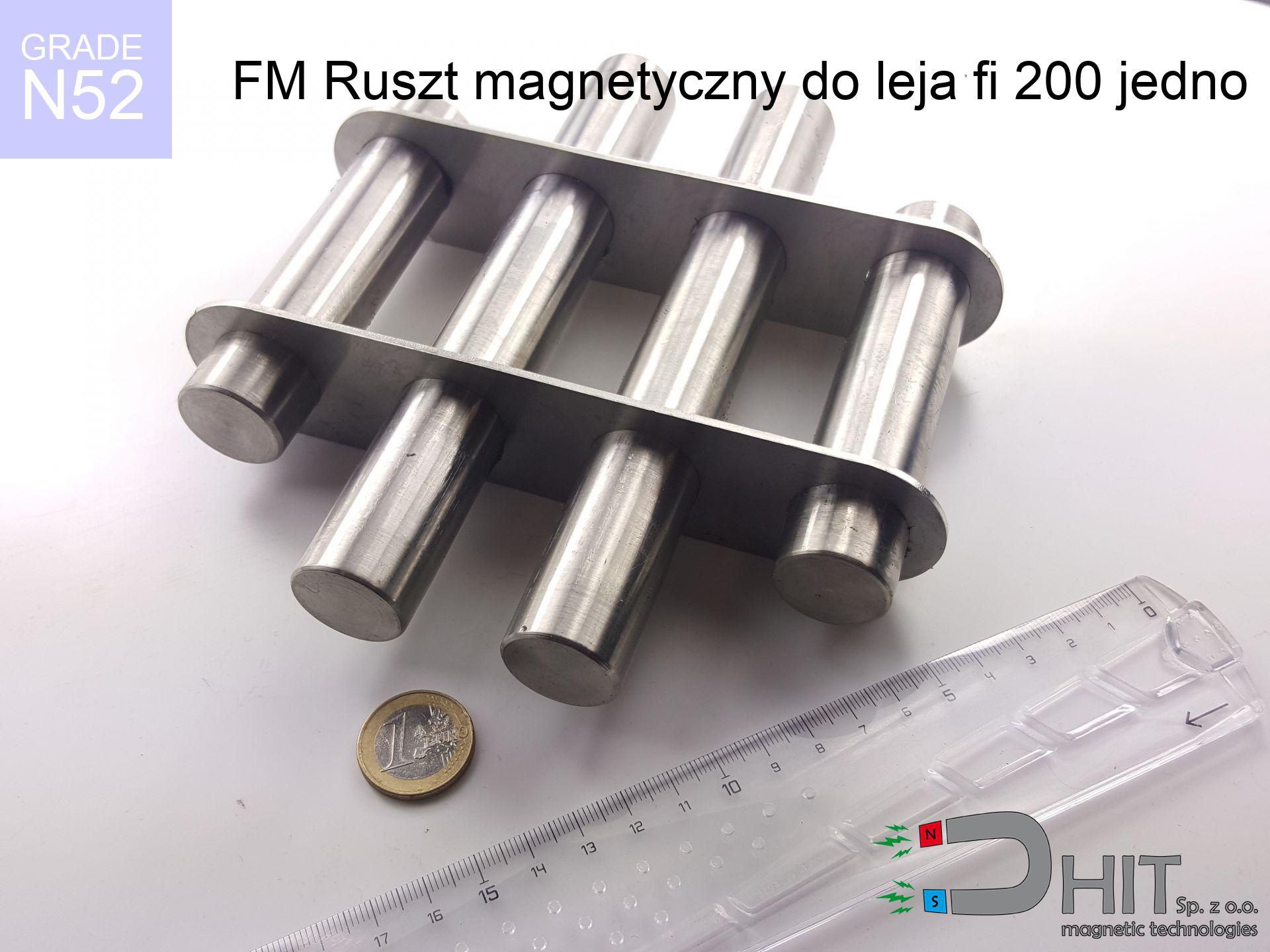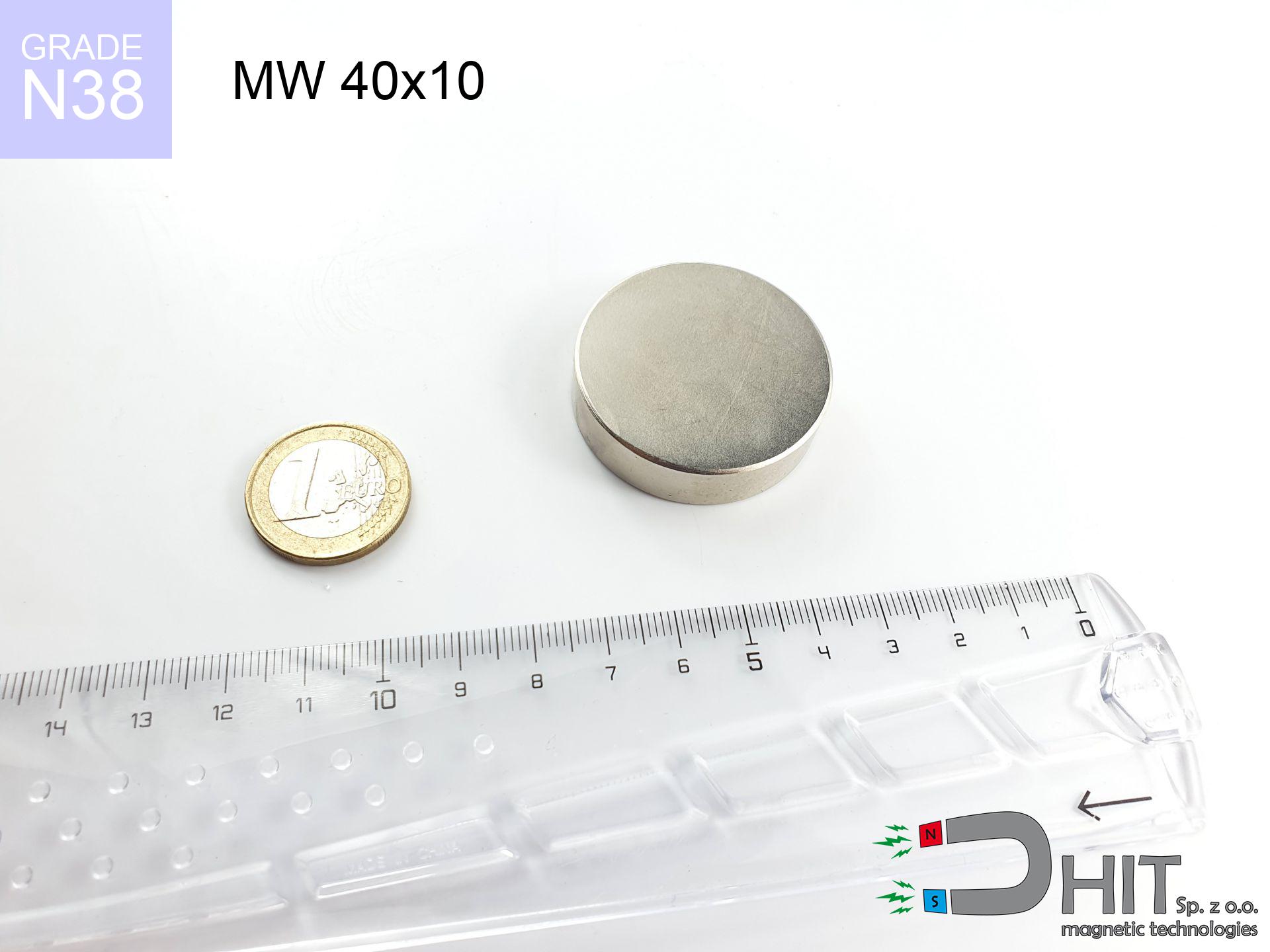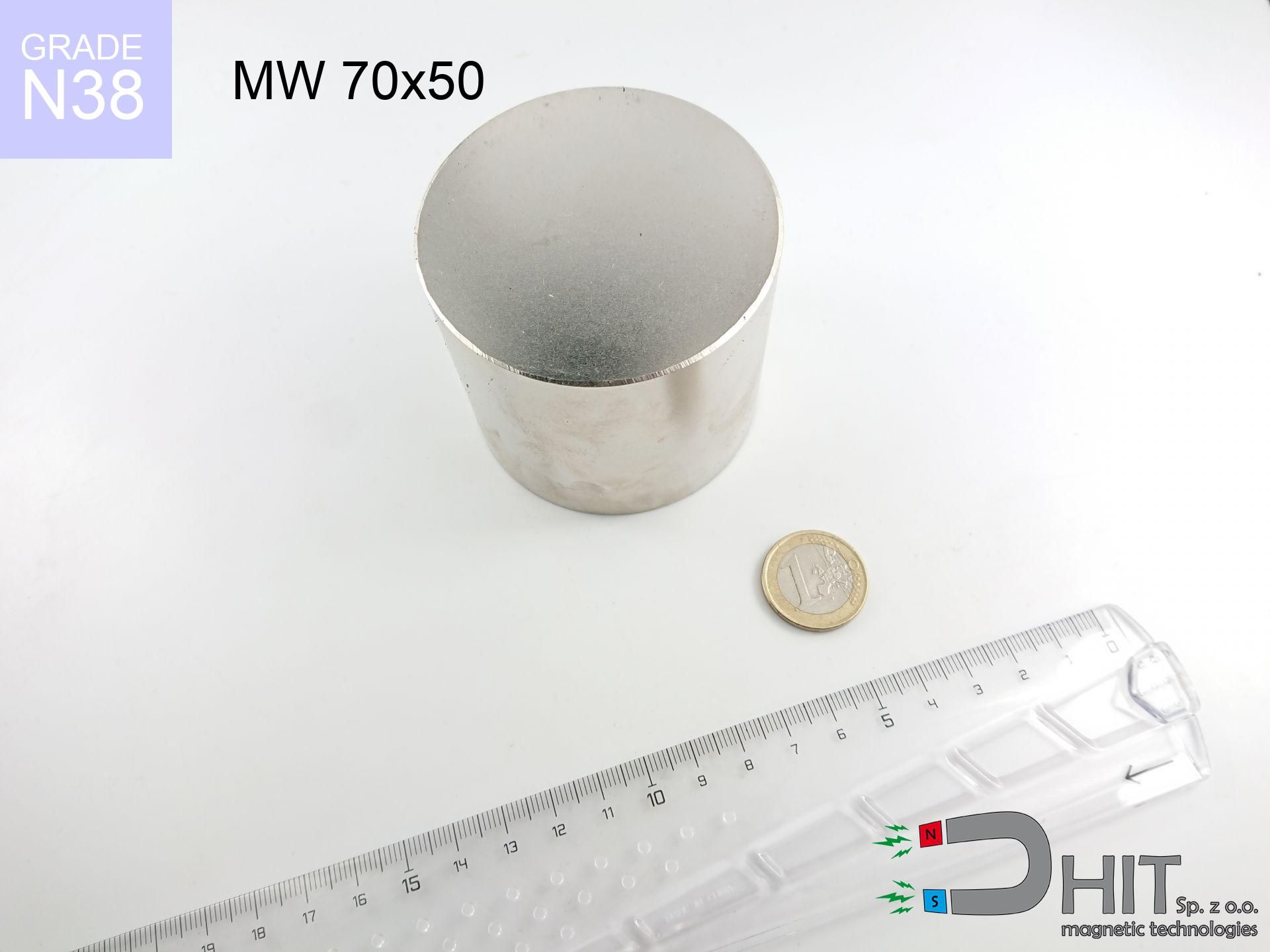MPL 15x15x5 / N38 - lamellar magnet
lamellar magnet
Catalog no 020120
GTIN: 5906301811268
length [±0,1 mm]
15 mm
Width [±0,1 mm]
15 mm
Height [±0,1 mm]
5 mm
Weight
8.44 g
Magnetization Direction
↑ axial
Load capacity
5.92 kg / 58.06 N
Magnetic Induction
318.00 mT
Coating
[NiCuNi] nickel
4.03 ZŁ with VAT / pcs + price for transport
3.28 ZŁ net + 23% VAT / pcs
bulk discounts:
Need more?Want to talk magnets?
Call us
+48 22 499 98 98
otherwise contact us using
contact form
through our site.
Force as well as shape of magnets can be checked on our
force calculator.
Order by 14:00 and we’ll ship today!
MPL 15x15x5 / N38 - lamellar magnet
Magnetic properties of material N38
Physical properties of NdFeB
Shopping tips
Thanks to their mighty power, flat magnets are commonly applied in products that need exceptional adhesion.
Typical temperature resistance of flat magnets is 80 °C, but with larger dimensions, this value grows.
Moreover, flat magnets usually have different coatings applied to their surfaces, such as nickel, gold, or chrome, to improve their corrosion resistance.
The magnet with the designation MPL 15x15x5 / N38 i.e. a lifting capacity of 5.92 kg which weighs a mere 8.44 grams, making it the perfect choice for projects needing a flat magnet.
Contact surface: Due to their flat shape, flat magnets ensure a greater contact surface with other components, which can be beneficial in applications requiring a stronger magnetic connection.
Technology applications: They are often used in many devices, e.g. sensors, stepper motors, or speakers, where the thin and wide shape is necessary for their operation.
Mounting: The flat form's flat shape simplifies mounting, particularly when there's a need to attach the magnet to another surface.
Design flexibility: The flat shape of the magnets permits creators a lot of flexibility in arranging them in devices, which is more difficult with magnets of other shapes.
Stability: In certain applications, the flat base of the flat magnet can offer better stability, reducing the risk of shifting or rotating. However, it's important to note that the optimal shape of the magnet depends on the specific project and requirements. In some cases, other shapes, like cylindrical or spherical, may be a better choice.
Magnets have two poles: north (N) and south (S), which interact with each other when they are different. Poles of the same kind, e.g. two north poles, repel each other.
Due to these properties, magnets are often used in magnetic technologies, e.g. motors, speakers, sensors, or magnetic locks. Neodymium magnets stand out with the greatest strength of attraction, making them perfect for applications requiring powerful magnetic fields. Moreover, the strength of a magnet depends on its dimensions and the material it is made of.
It’s worth noting that high temperatures can weaken the magnet's effect. The Curie temperature is specific to each type of magnet, meaning that once this temperature is exceeded, the magnet stops being magnetic. Interestingly, strong magnets can interfere with the operation of devices, such as compasses, credit cards and even medical equipment, like pacemakers. For this reason, it is important to exercise caution when using magnets.
Advantages as well as disadvantages of neodymium magnets NdFeB.
Apart from their notable holding force, neodymium magnets have these key benefits:
- They virtually do not lose strength, because even after 10 years, the decline in efficiency is only ~1% (in laboratory conditions),
- Their ability to resist magnetic interference from external fields is notable,
- By applying a shiny layer of silver, the element gains a modern look,
- They possess significant magnetic force measurable at the magnet’s surface,
- With the right combination of compounds, they reach excellent thermal stability, enabling operation at or above 230°C (depending on the structure),
- With the option for fine forming and personalized design, these magnets can be produced in various shapes and sizes, greatly improving engineering flexibility,
- Significant impact in cutting-edge sectors – they find application in computer drives, electric motors, medical equipment and sophisticated instruments,
- Thanks to their concentrated strength, small magnets offer high magnetic performance, while occupying minimal space,
Disadvantages of magnetic elements:
- They can break when subjected to a sudden impact. If the magnets are exposed to external force, they should be placed in a steel housing. The steel housing, in the form of a holder, protects the magnet from cracks and additionally enhances its overall resistance,
- They lose field intensity at extreme temperatures. Most neodymium magnets experience permanent reduction in strength when heated above 80°C (depending on the form and height). However, we offer special variants with high temperature resistance that can operate up to 230°C or higher,
- Magnets exposed to damp air can corrode. Therefore, for outdoor applications, it's best to use waterproof types made of non-metallic composites,
- The use of a protective casing or external holder is recommended, since machining fine details in neodymium magnets is restricted,
- Health risk related to magnet particles may arise, when consumed by mistake, which is crucial in the health of young users. Furthermore, minuscule fragments from these devices can complicate medical imaging if inside the body,
- Higher purchase price is an important factor to consider compared to ceramic magnets, especially in budget-sensitive applications
Detachment force of the magnet in optimal conditions – what affects it?
The given pulling force of the magnet corresponds to the maximum force, calculated in the best circumstances, that is:
- with the use of low-carbon steel plate serving as a magnetic yoke
- of a thickness of at least 10 mm
- with a smooth surface
- in conditions of no clearance
- in a perpendicular direction of force
- at room temperature
Key elements affecting lifting force
The lifting capacity of a magnet is determined by in practice the following factors, from primary to secondary:
- Air gap between the magnet and the plate, because even a very small distance (e.g. 0.5 mm) can cause a drop in lifting force of up to 50%.
- Direction of applied force, because the maximum lifting capacity is achieved under perpendicular application. The force required to slide the magnet along the plate is usually several times lower.
- Thickness of the plate, as a plate that is too thin causes part of the magnetic flux not to be used and to remain wasted in the air.
- Material of the plate, because higher carbon content lowers holding force, while higher iron content increases it. The best choice is steel with high magnetic permeability and high saturation induction.
- Surface of the plate, because the more smooth and polished it is, the better the contact and consequently the greater the magnetic saturation.
- Operating temperature, since all permanent magnets have a negative temperature coefficient. This means that at high temperatures they are weaker, while at sub-zero temperatures they become slightly stronger.
* Holding force was checked on a smooth steel plate of 20 mm thickness, when the force acted perpendicularly, whereas under parallel forces the load capacity is reduced by as much as fivefold. In addition, even a slight gap {between} the magnet and the plate decreases the lifting capacity.
Handle Neodymium Magnets Carefully
Do not give neodymium magnets to children.
Neodymium magnets are not toys. Do not allow children to play with them. In the case of swallowing multiple magnets simultaneously, they can attract to each other through the intestinal walls. In the worst case scenario, this can lead to death.
Neodymium Magnets can attract to each other due to their immense internal force, causing the skin and other body parts to get pinched and resulting in significant injuries.
Magnets attract each other within a distance of several to about 10 cm from each other. Don't put your fingers in the path of magnet attraction, as a major injury may occur. Depending on how massive the neodymium magnets are, they can lead to a cut or a fracture.
Avoid contact with neodymium magnets if you have a nickel allergy.
Studies clearly indicate a small percentage of people who suffer from metal allergies such as nickel. An allergic reaction often manifests as skin redness and rash. If you have a nickel allergy, try wearing gloves or avoid direct contact with nickel-plated neodymium magnets.
Keep neodymium magnets away from people with pacemakers.
Neodymium magnets produce strong magnetic fields that can interfere with the operation of a heart pacemaker. Even if the magnetic field does not affect the device, it can damage its components or deactivate the entire device.
Keep neodymium magnets away from the wallet, computer, and TV.
Strong fields generated by neodymium magnets can damage magnetic storage media such as floppy disks, credit cards, magnetic ID cards, cassette tapes, video tapes, or other similar devices. They can also damage televisions, VCRs, computer monitors, and CRT displays. Avoid placing neodymium magnets in close proximity to electronic devices.
Neodymium magnetic are fragile as well as can easily crack as well as get damaged.
In the event of a collision between two neodymium magnets, it can result in them getting chipped. Despite being made of metal as well as coated with a shiny nickel plating, they are not as hard as steel. At the moment of collision between the magnets, small sharp metal fragments can be propelled in various directions at high speed. Eye protection is recommended.
Neodymium magnets can demagnetize at high temperatures.
Although magnets are generally resilient, their ability to maintain their magnetic potency can be influenced by factors like the type of material used, the magnet's shape, and the intended purpose for which it is employed.
Dust and powder from neodymium magnets are flammable.
Do not attempt to drill into neodymium magnets. Mechanical processing is also not recommended. If the magnet is crushed into fine powder or dust, it becomes highly flammable.
Keep neodymium magnets away from GPS and smartphones.
Neodymium magnets produce intense magnetic fields that interfere with magnetometers and compasses used in navigation, as well as internal compasses of smartphones and GPS devices.
Neodymium magnets are the most powerful, most remarkable magnets on earth, and the surprising force between them can surprise you at first.
Make sure to review all the information we have provided. This will help you avoid harm to your body and damage to the magnets.
Warning!
To illustrate why neodymium magnets are so dangerous, see the article - How very dangerous are powerful neodymium magnets?.









